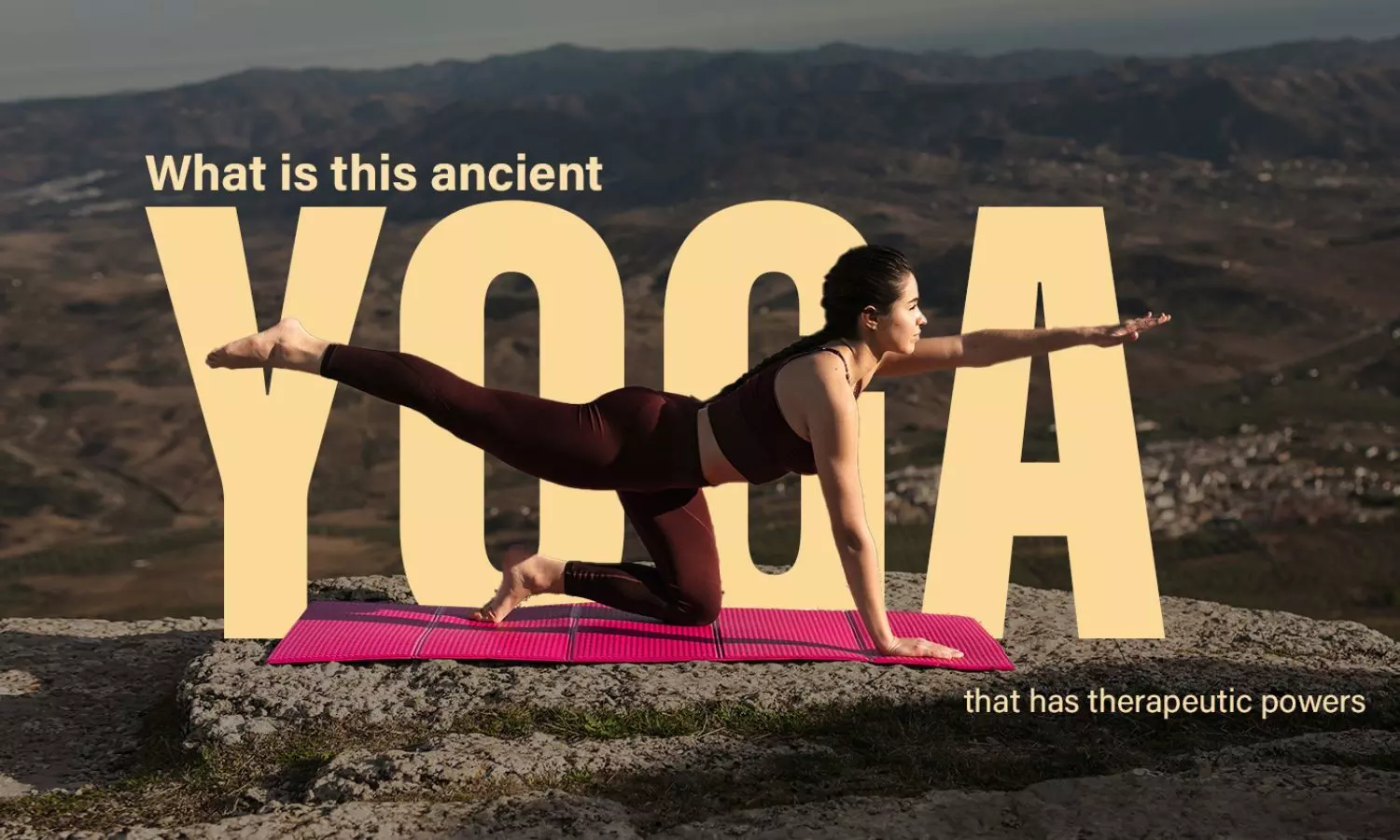The Ancient Practice of Yesterday, the Therapeutic Retreat of Today: Yin yoga

Through gentle postures, yin yoga allows people to relax and find peace in the face of everyday difficulties.
In a world where we are constantly juggling to fulfil personal and professional commitments, it often becomes challenging to find even one zen moment. While temporary getaways in the form of vacations and one-day trips surely offer a respite, we as individuals seek something more consistent to counter the chaos of daily life and maintain balance. This is where a tranquil haven called 'yin yoga' comes into the picture. More than just a typical practice, yin yoga is believed to be extremely meditative and introspective in nature, offering the space for awakening awareness within.
Often referred to as 'lazy yoga', it is not as lazy as it seems. While it is slow-moving in nature and encompasses long holds, yin yoga exerts a profound influence on both body and mind. At its core, yin yoga operates on the principle that 'time outweighs intensity.' This approach encourages the body to ease into stretches, facilitating relaxation and invites the mind to embrace the present moment.
About Yin Yoga
Yin yoga, characterised by its slow pace and gentle approach, centres on holding poses for prolonged durations, typically spanning 3 to 10 minutes. Its primary objective is to foster a harmonious connection between mind and body, allowing individuals to find balance amidst life's chaos.
Designed for profound stretching and relaxation, yin yoga poses include Child's pose, Dragon pose, Butterfly pose, Sphinx pose and Bridge pose, amongst others. Holding these positions over extended periods alleviates bodily tension and fosters a state of relaxation. One can construct their own practice based on their unique body and abilities.
Origin of yin yoga
In contrast to the majority of yoga traditions originating in India, yin yoga finds its roots in China. While its postures may resemble those of yoga, yin yoga's origins trace back to martial arts. Drawing from ancient Chinese philosophies and Taoist principles, it is founded on the belief in the existence of Qi pathways, or energy channels, within the body. Stretching and holding a pose releases all sorts of blockages, allowing energy to flow freely.
A prominent martial arts master named Paulie Zink is known to be the man behind the advent of yin yoga. In order to improve his martial arts practice, he created a set of postures that would greatly stretch his body. Paul Grilley, one of his prominent disciples, took his personal stretching routine quite literally and introduced this practice to the mainstream yoga world under the name of 'yin yoga'.
Key benefits
Reduces stress: Caught up in a constant cycle to meet personal and professional commitments, humans often end up succumbing to stress and anxiety. Offering a means of emotional release, this is where yin yoga assumes a pivotal role. Through extended, deep stretches, stress stored in tissues gets liberated, evoking a sense of relaxation.
Enables introspection: In yin yoga, the emphasis lies on the duration rather than the intensity of the practice. Engaging mind, body, and spirit in prolonged periods of stillness fosters introspection and cultivates mental clarity, setting the foundation for a healthier mindset.
Enhances flexibility: Given the fact the tendons serve as an intermediary between our muscles and bones, consistent stretching is vital to enhance muscle responsiveness and adaptability. Promoting gentle stretching, yin yoga plays a crucial part in promoting tendon flexibility and alleviating tension in areas of stiffness.
Time to rethink your workout schedule!
Even though intensive workouts are surely crucial, calm and therapeutic practices such as yoga hold their own unmatched significance. Amongst other forms of yoga, yin yoga has emerged to be a zen practice that not only promotes mental clarity but physical well-being as well. Through the simple act of holding poses, this practice allows individuals to relax and attain equilibrium amidst life's obstacles.

















